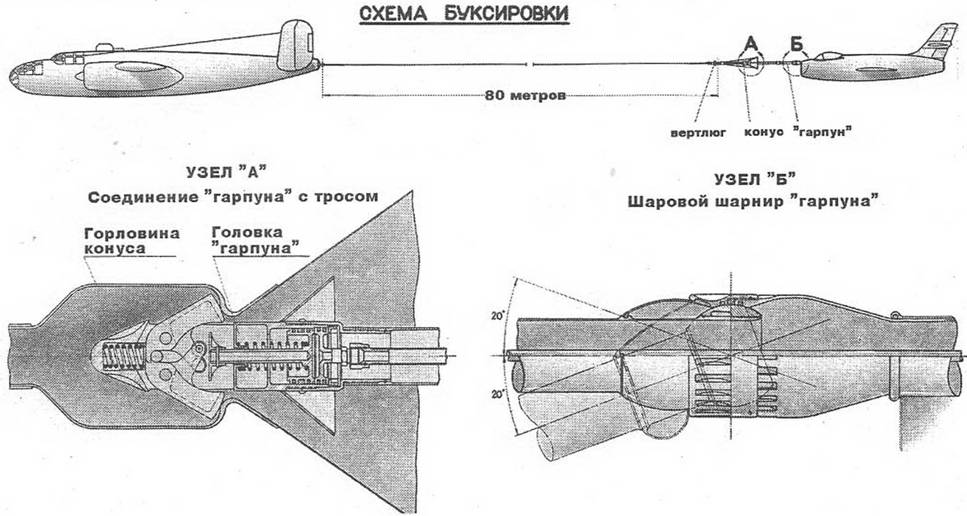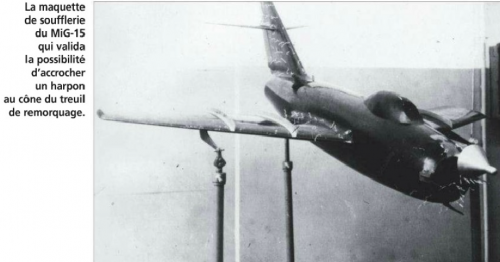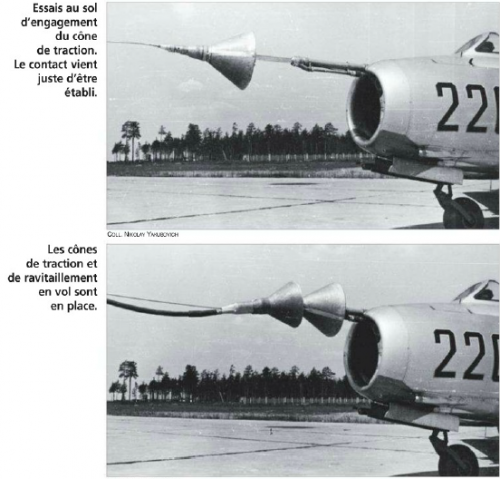At the beginning of 1945, "Mitchells" have decided to transfer to the third division of communication, based on the airfield near Moscow Myachkovo. Its main task was to transport couriers and documentation to the front and back. In February, the division engineers developed the project rework the B-25 in a connected plane. In March Myachkovo arrived two cars, both of which - modifications G. In the same month, the first of them was subjected to revision. Later, it was tested in NII GVF; It flew on BA Ostapchuk. Since April began their continuous operation. In June, the two previously had to add a third aircraft. (...) Aircraft from the 3rd Division moved due to the Yakut management GVF and flew there until November 1948 (...)
Similar alterations were carried out in both the civil and military aviation. Similar machines were in the 65th Regiment of the Navy Air Force. Among them were two disarmed B-25G and salons "limousine" based on the B-25J. In 1947, one B-25G converted in Leningrad in a special plane for Staff Commander Naval Air Force.
Some machines adapted for a variety of experiments. One bomber altered in a flying test bench for testing jet engines. The third engine had stood on the pylon above the fuselage. In particular, this machine was tested TRD RD-10F. In 1947-1948. on the B-25J (without weapons) to test the domestic takeoff boosters "93-I» (powder) and SU-1500 (with expander). In 1948 FRI experienced detachable cockpit experimental rocket plane "346", in 1947-1948. Two B-25G participated in the program planning mining torpedo "Pike" in Yalta. One plane carried mock torpedo, and the second tried guidance system; in capacious fuselage placed engineer equipment operator. The OKB-115 in 1949, developed a system of "Burlak". With it intended to increase the range of fighter jets, which at first was very small. Bomber docked with a fighter in the air and then pulled him in tow. First experimented with Tu-2 and Yak-23, and then adapted the B-25 and Yak-25 (the first car under this designation, with one engine). Bomber winch BLK-1 produced in the rope funnel. Fighter carrying the bow "harpoon" the hinge, which should fall into the funnel.
Tests "Burlak" LII held in June 1949 - March 1950, the Yak-25 flew SN Anokhin, B-25 - Pilot Toroschenko. Successfully spent seven couplings. Testing continued in July. Now B-25 flown by VF Khapov. The second step was performed overnight coupling, which put on a bomber red signal lamp, and funnel consolidated reflectors. Fighter backlit yourself a landing light, which is specially launched a slightly upward. "Mitchell" was carrying a fighter at the speed 320-330 km / h and could only afford a smooth evolution. Work on the system "Burlak" took place until 1956, but as the tug had used Tu-4, and pulled the MiG-15.



